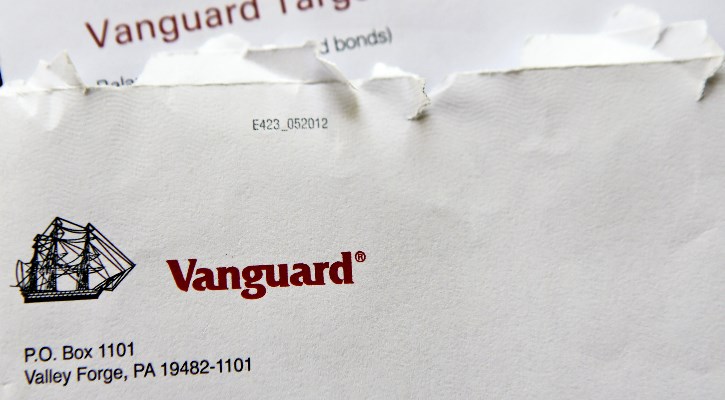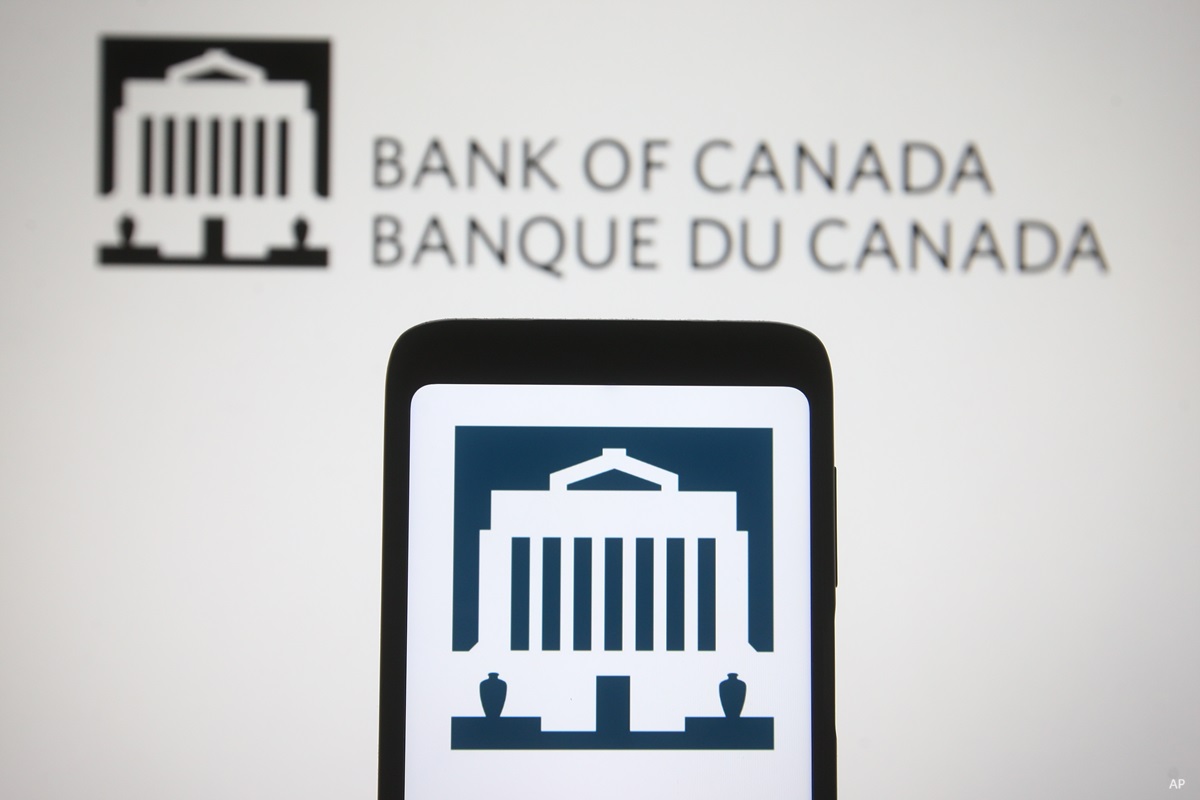Ruth Saldanha: January the 1st marked the implementation of the Canadian Client Focused Reforms, a broad sweeping set of changes to regulation that's designed to better the experience of the investor. What does this mean for your mutual funds in 2022? And are there any changes you should be making right now as a result? Morningstar Canada's Director of Manager Research, Danielle LeClair, is here with us today to discuss this.
Danielle, thank you so much for being here today.
Danielle LeClair: Thank you for having me.
Saldanha: To start with, what do you see as being the impact of CFRs on mutual fund sales and distributions this year?
LeClair: As you mentioned, Ruth, I think there's going to be a lot of changes as a result of the CFRs here in Canada. If you think about it from a fund firm perspective, we could see fund firms reduce their lineup of mutual funds that they're offering if they feel that the demand for the know your product information is too onerous for their resources. That said, we could also see them expand their opportunity set if their lineup is not viewed as being sufficiently broad enough for investors to create a portfolio that's appropriately aligned with their investment goals.
What I would love to see, however, is a shift away from trendy products or focus fund list type sales tactics that tend to be driven by business goals of the asset managers and not the investment objectives of our clients. So, really, I'd like to see a move towards more tailored approaches that put investors' objectives at the forefront.
Saldanha: One of the things that really bothers investors is, is my fund going to close. So, do you anticipate closures of funds, and if so, what sectors or types of funds are likely to be the most impacted?
LeClair: It's a really interesting question because my initial instinct is to say that thematic funds could really suffer as a result of these objectives. So, as Morningstar has previously reported, thematic funds tend to have higher risk profiles and tend to have higher fees, which can be harder to justify from a suitability perspective in an overall portfolio. But we've also reported that there's been significant interest from investors in these strategies. So, there's a bit of a dichotomy in the market about that topic, and so it will be interesting to see how that will play out. But one thing that I will say is that flagship products from firms that have the ability to absorb any potential increase in costs for these more transparent disclosures could probably benefit from them.
Saldanha: And what does all of this mean for my mutual fund portfolio right now? I mean, what, if any, changes should I be making?
LeClair: So, rather than thinking of the CFRs as a driver for change, I think that they are a driver to really empower investors to understand their portfolios better, to make sure that each one of those individual components adheres to their overall objectives. So, things like, if you have a higher-fee fund in there, does it make sense for your portfolio objectives; are you holding funds only from one fund firm, and if so, is there a broader universe that you should be considering when you put your portfolio together; and then, lastly, if you're either a high or a low-risk portfolio investor, should you really look and make sure that you're holding the right types of strategies that align to those objective tendencies.
Saldanha: And outside of CFRs what risk or opportunity should Canadian mutual fund investors keep an eye on this year?
LeClair: It's a really busy market out there these days and if I were to highlight a risk and an opportunity, a risk would be market volatility continuation, whether that'd be inflation concerns, supply chain shortages, prices of oil or just general pandemic. Investors should really consider a diversified portfolio to help offset some of these risks. And then, from an opportunities' perspective, ESG and sustainable investing really presents an opportunity for investors to align their portfolios not only with their financial objectives but also with their values. And we're seeing a lot of growth in the market to give investors a much more broad opportunity set to be able to do so.
Saldanha: Thank you so much for joining us today with your perspectives, Danielle.
LeClair: Thank you.
Saldanha: For Morningstar, I'm Ruth Saldanha.




















